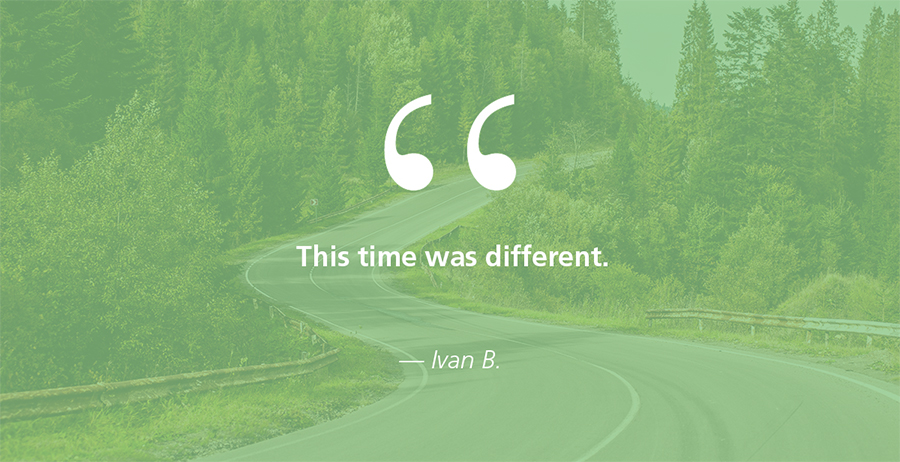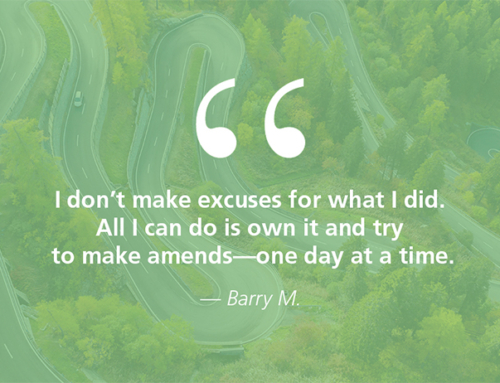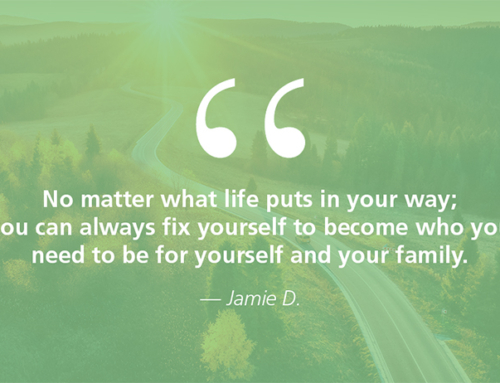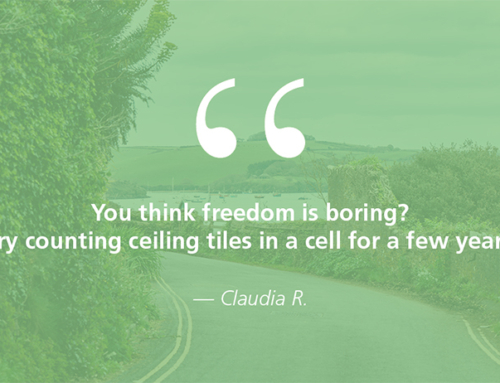How Prison Rehabilitation Programs Changed My Life: Ivan B’s Story

When effective prison rehabilitation programs make the difference between returning to prison and building a new life, success stories like Ivan’s show the true impact of comprehensive support systems. Through GEO’s in-prison rehabilitation program, one man’s journey from incarceration to mentor demonstrates the transformative power of structured reentry support.
Finding the Right Rehabilitation Program
Ivan’s story began like many others in the criminal justice system. Arriving in America from Cuba at age six, he found himself incarcerated by fifteen and sentenced to fifteen years. “In the traditional Department of Corrections, there’s no rehabilitation, no programs, no nothing,” Ivan recalls. Without access to proper rehabilitation programs during his first sentence, he returned to familiar patterns after release—and within a year, was back behind bars.
The Difference a Comprehensive Program Makes
Everything changed when Ivan transferred to South Bay Correctional & Rehabilitation Facility, where he discovered a robust in-prison rehabilitation program. “This time was different,” he says. The program started with vocational training—a welding class led by an instructor named Spencer—but soon expanded into something more comprehensive.
Building Success Through Program Support
The rehabilitation program’s strength lay in its comprehensive approach. Through the program, Ivan met Jack Brewer, a former NFL player and corporate leader who saw his potential. “He treated me like a human being,” Ivan remembers. This connection, facilitated by the program, led to a life-changing promise of employment upon release.
Integration Through Rehabilitation
The true test of any rehabilitation program comes after release. For Ivan, the program’s support network proved crucial. A program coordinator provided initial employment opportunities, and the Jack Brewer Foundation, staying true to their promise, offered him full-time work. Today, Ivan serves as living proof that in-prison rehabilitation programs work—he mentors young people, teaching them about faith and sports.
Measuring Rehabilitation Success
“If it wasn’t for this rehabilitation program and the opportunities they provided, I probably wouldn’t be here,” Ivan reflects. “I wouldn’t be making a positive impact in my community, being a good father, a good husband, and a friend.”
Key Elements of Successful Rehabilitation
For those seeking to understand what makes in-prison rehabilitation programs effective, Ivan’s experience highlights several crucial components:
- Comprehensive vocational training
- Mentorship opportunities
- Post-release support network
- Employment assistance
- Reintegration services
Creating Lasting Change Through Rehabilitation
The success of in-prison rehabilitation programs isn’t just measured in reduced recidivism rates—it’s measured in transformed lives. Ivan’s journey from program participant to community leader showcases the ripple effect of effective rehabilitation. Today, he’s not just building a new life; he’s actively creating positive change in his community.
For professionals working in reentry services and families supporting loved ones through rehabilitation, Ivan’s story demonstrates why in-prison rehabilitation programs matter. It’s not just about avoiding negative outcomes—it’s about building new possibilities through structured support and genuine opportunities for change.


